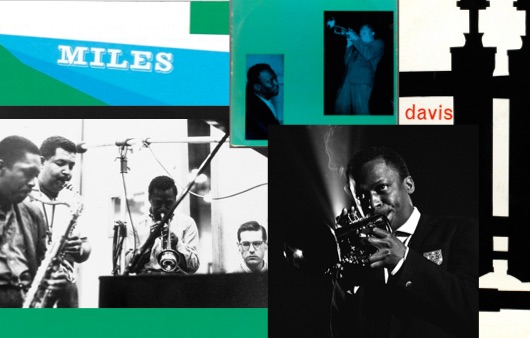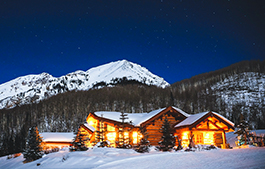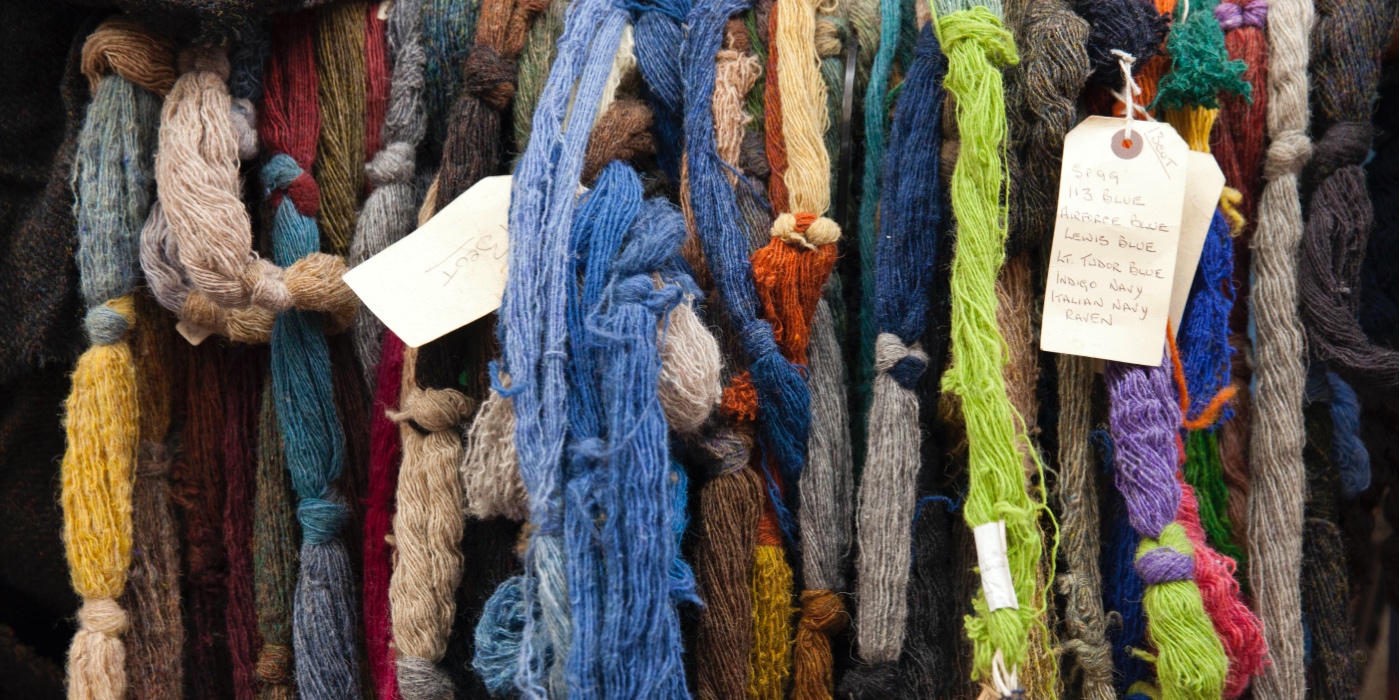
Weaving History
The enduring beauty and time-honored heritage of Scotland's most famed cloth: Harris TweedThe menswear adherent may not be familiar with the name Lady Catherine Murray, Countess of Dunmore—but he will certainly recognize what she contributed to the world of fashion.
The countess was the wife of the 6th Earl of Dunmore, who had inherited proprietorship of the Isle of Harris in the Outer Hebrides, off the northwestern coast of Scotland’s rugged shores. When the earl died young, Lady Catherine took over running the estate, and she was particularly enamored with a tweed cloth being woven by the locals in their homes in a range of beautiful earth-tone hues inspired by the landscape. It had a sturdy weave, exceptional warmth, and a distinctly fuzzy texture with a somewhat coarse feel—all ideal for the biting winds and bracing rain of its birthplace.
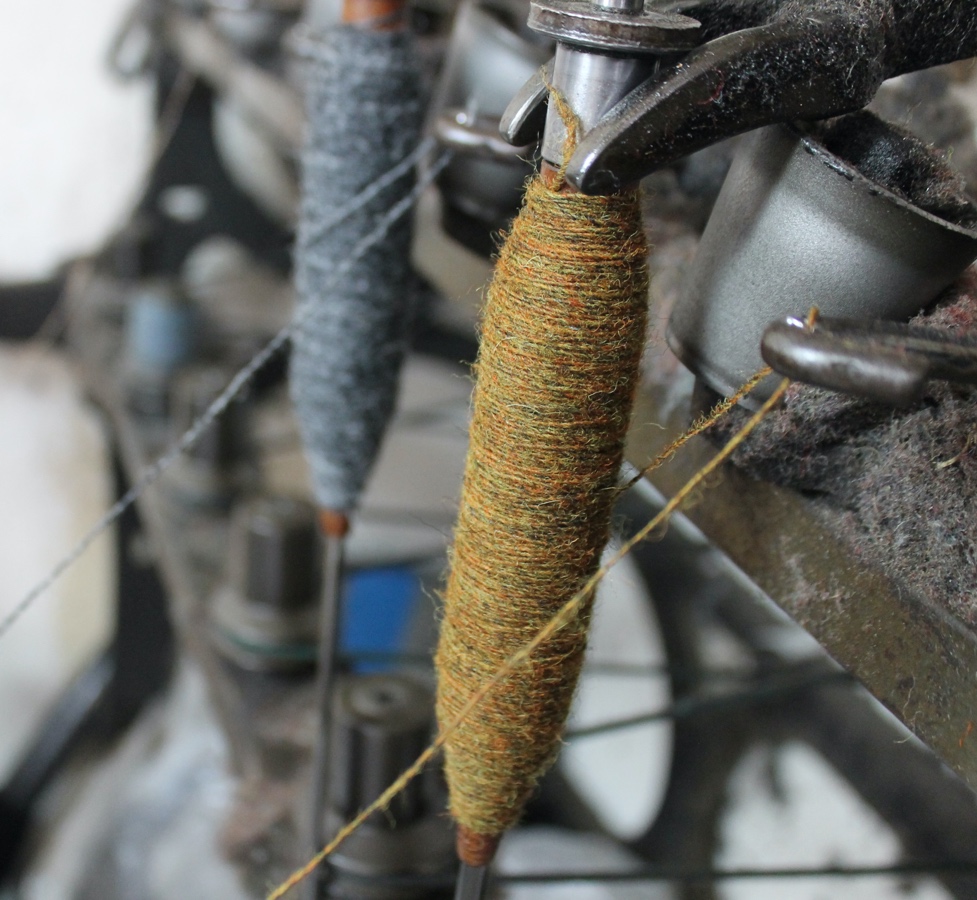
In trips between her Harris estate and London in the 1840s and ’50s, Lady Catherine, who served as the Lady of the Bedchamber to Queen Victoria, used her connections (her children had regular playdates with the future King Edward VII) to popularize the fabric among the urban aristocratic social circles. Soon enough, the legend of Harris Tweed was born.
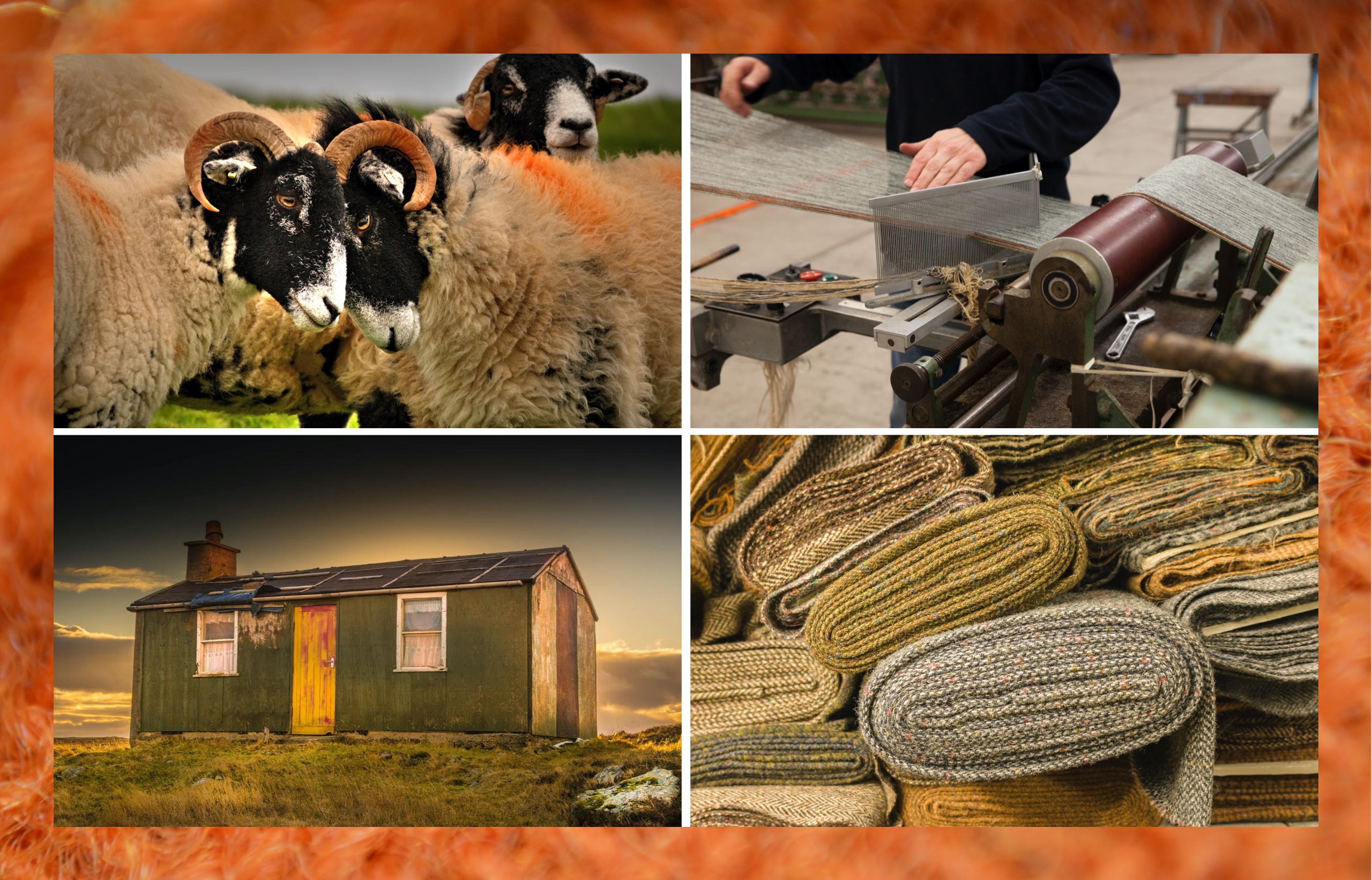
More than a century later, Ralph’s famous black-and-white herringbone Harris Tweed jacket became a foundational element of his wardrobe. And for 40-plus years, the same jacket has appeared on catwalks, in campaigns, and in a myriad of personal outfits, most notably captured in a now-iconic portrait from 1978, where he paired it with a denim-on-denim Western ensemble.
Back at its birthplace, the legacy and importance of Harris Tweed was never lost on the local community.
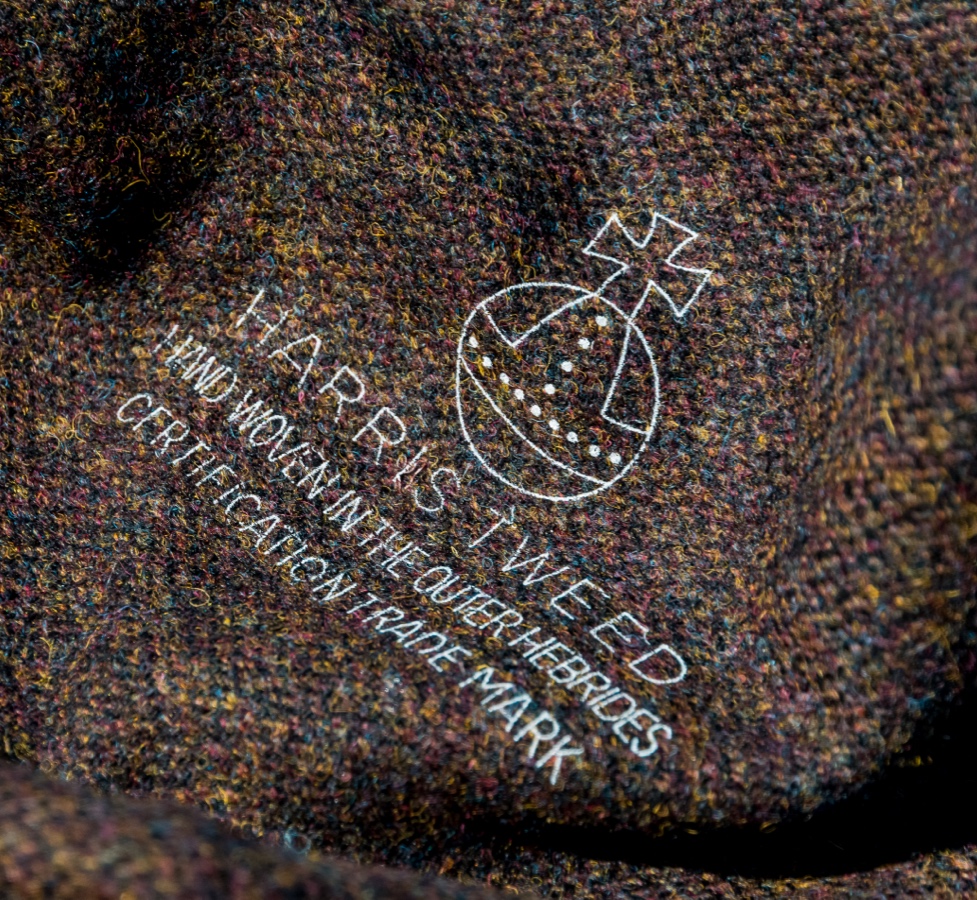
“It’s not just my job,” says Lorna Macaulay, the chief executive of the Harris Tweed Authority in Stornoway (whose population of 5,000 makes it the largest town in the Outer Hebrides). “I’m a third-generation Harris Tweed worker. It’s in our veins. It matters up here. Economically, of course, but culturally and historically just as much.” The authority, founded by an act of Parliament and entrusted with safeguarding the cloth’s heritage, ensures that every meter of Harris Tweed follows strict legal regulations. Namely: It must be dyed, spun, carded, and finished in the Outer Hebrides from 100% virgin wool, and woven by hand. Not in a commercial factory, though—all Harris Tweed cloth is woven in the homes of the islanders, a continuation of the tradition of locals weaving their own personal fabrics in their crofts.
While it can be woven in any shade, the tweed is perhaps most famous for its earth-tone palette—and the unique depth of color within. “The minute you step off a plane here,” Macaulay says, “you think, ‘Oh my god, it looks like Harris Tweed.’ Our palette is born from the landscape.” And while they make use of modern color-fast dyes now, the cloth in centuries past would be colored using natural dyes drawn from the landscape. “It was the heather, the grass, the corcar scraped off the rocks, the seaweed from the ocean,” Lorna says. “We’ve held on to that palette.”
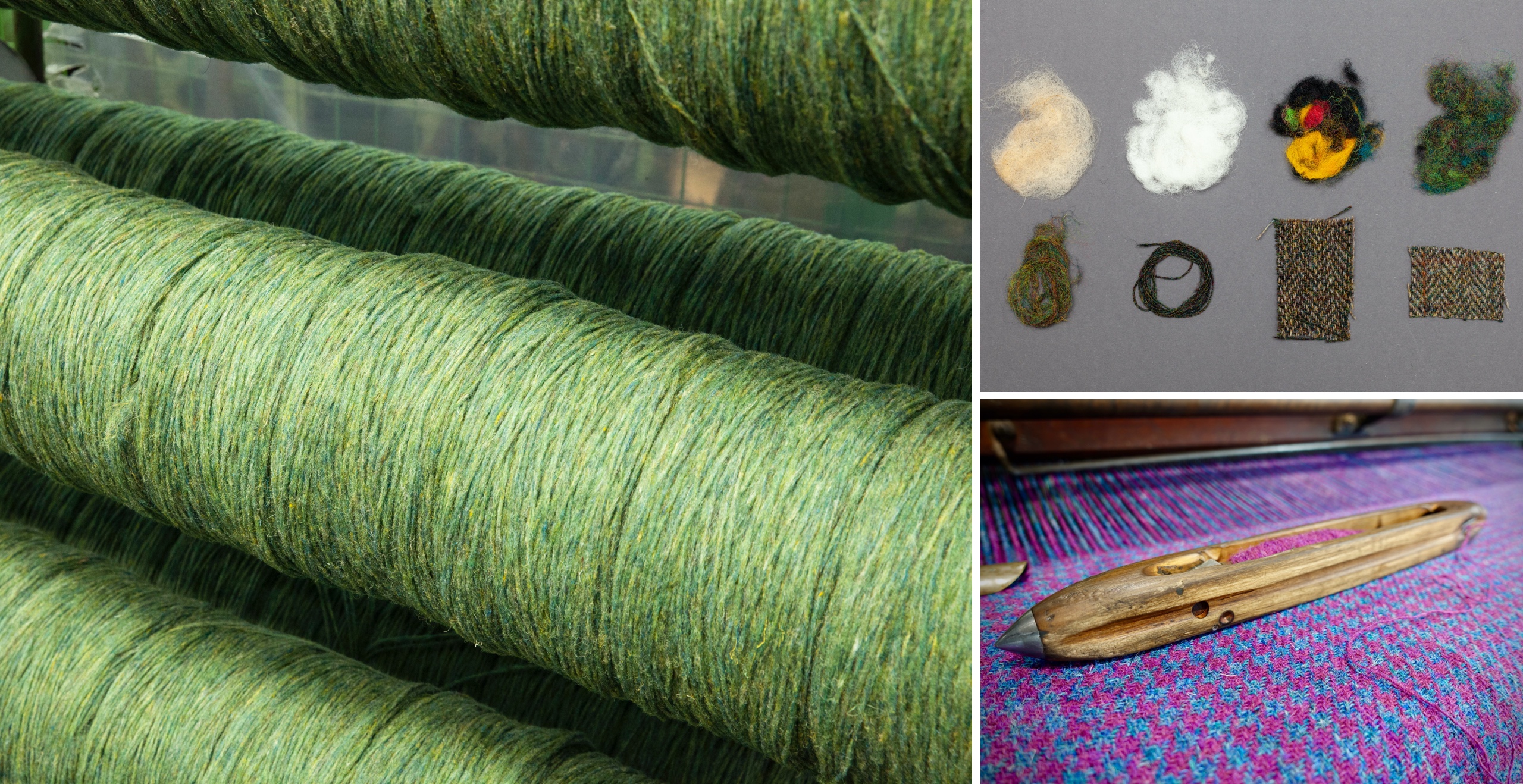
The nearly iridescent properties of some Harris cloths come from its dye process, where it’s not the finished yarns that are colored but the raw wool—allowing up to 16 colors to be spun into a single yarn and giving the resulting cloth a complexity unlike any other.
Today, the patterns and colors—as well as a unique softer finish—of Ralph Lauren’s Harris Tweeds are entirely custom-developed as a collaboration between the design teams in New York and the weavers in the Hebrides. In Polo’s early days back in New York, though, Ralph Lauren and his brother Jerry fell in love with a simpler version: a classic black-and-white herringbone. The two have been wearing their Harris jackets for over four decades, and as Jerry says of his, “It’s bulletproof.”
“In our teens, when we started to be interested in clothing, it was the era of tweed jackets,” Jerry says. “There were preppy tweeds of every size and type. It looked great, and it felt great. But when we discovered Harris Tweed, that was it. It was the most authentic.” Harris Tweed tailoring has been a through line in Polo’s tailoring offerings ever since, cut into every silhouette imaginable—hacking jackets, sport coats, trousers, overcoats, and plenty more. Jerry even recounts an ill-fated attempt to make a Harris Tweed sweater, in Polo’s early days—the result, sadly, was too heavy and coarse.
Now, thanks in no small part to Ralph and Jerry’s influence, a Harris herringbone sport coat is a foundational element of American style—as essential as a navy blazer, and similarly versatile. And while there may be other cloths that are similar, none can quite capture the same romance.
“When I wear a Harris Tweed jacket,” Jerry says, “I feel like I’ve got the real thing. It has the authenticity and the ancestry. There’s nothing else like it.”
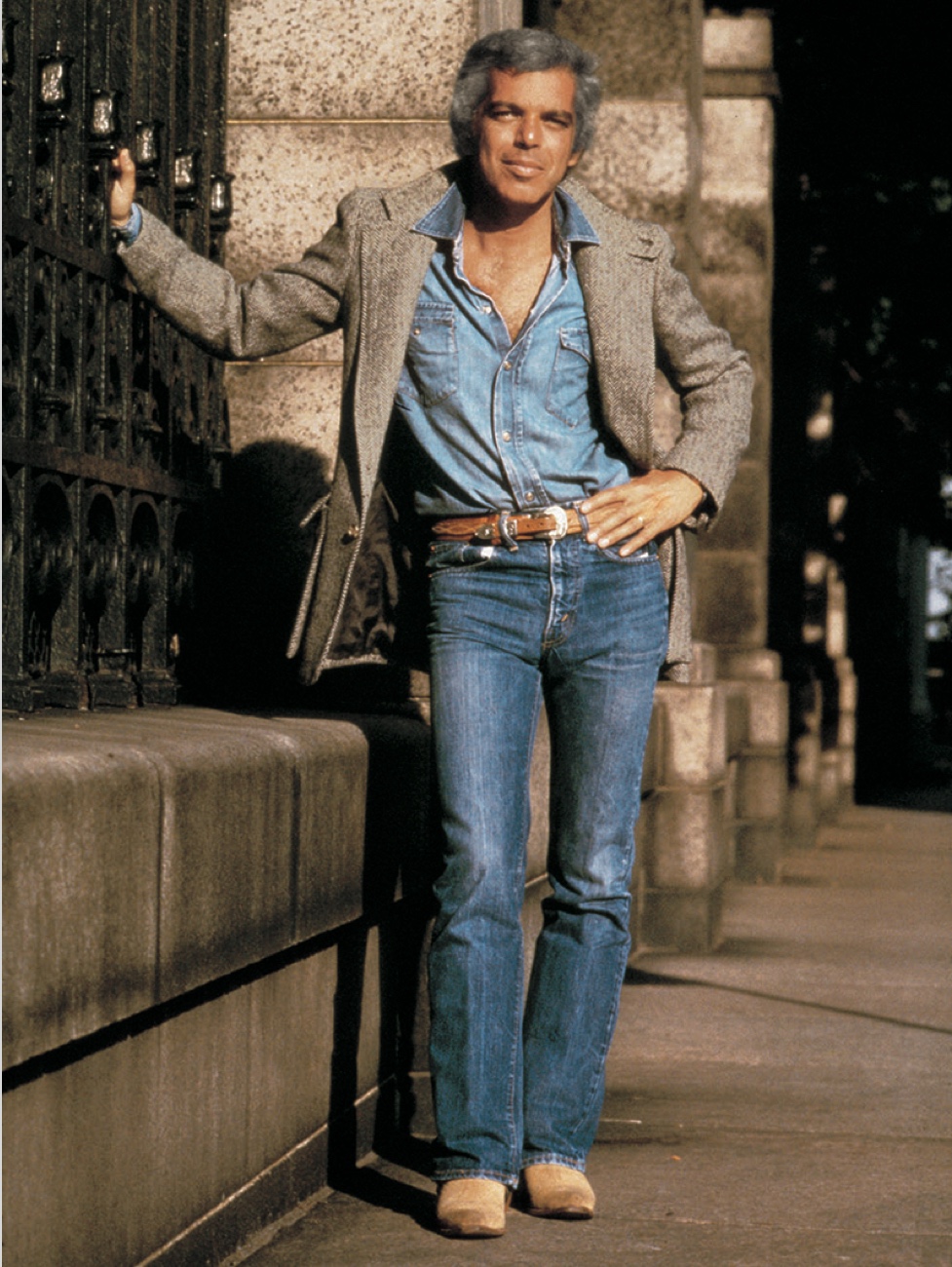
- Courtesy of Harris Tweed Authority
- Courtesy of Lewis Mackenzie
- Courtesy of Getty Images




